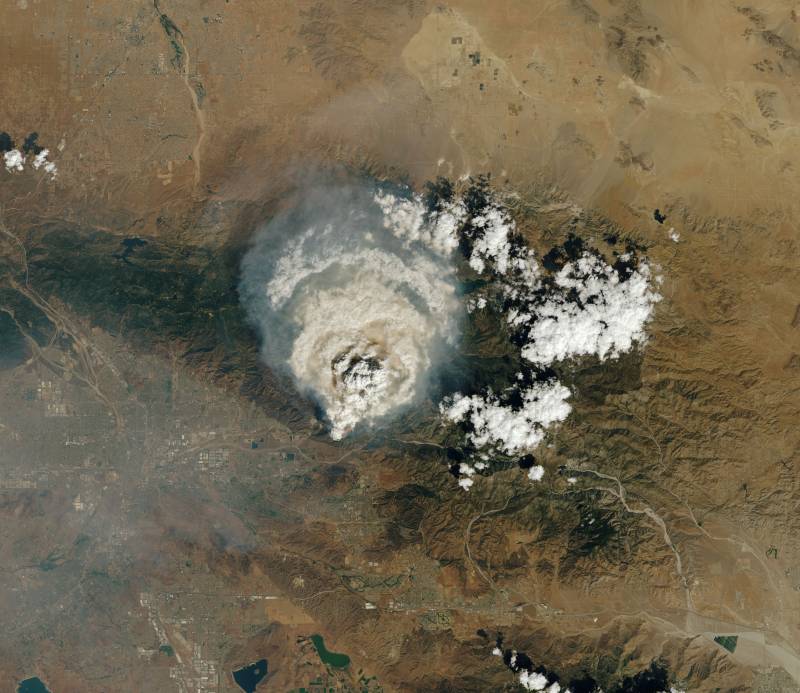The major wildfires surrounding people living in Southern California’s Inland Empire on three sides are creating thunderclouds and fire whirls as they exhibit erratic, unpredictable behavior that has become increasingly common in the last decade.
Drought, climate change and land management practices have all helped feed such extreme fire behavior, which makes the fires more dangerous and harder to control. The fires burning in Southern California have made stunningly quick runs, threatening thousands of structures.
“It’s a pretty scary situation around the L.A. Basin right now,” said Neil Lareau, fire expert at the University of Nevada, Reno. With steep mountain canyons, lots of bone-dry vegetation and just enough wind to rile things up, “the result was just this explosion of fire yesterday [Tuesday] afternoon.”

